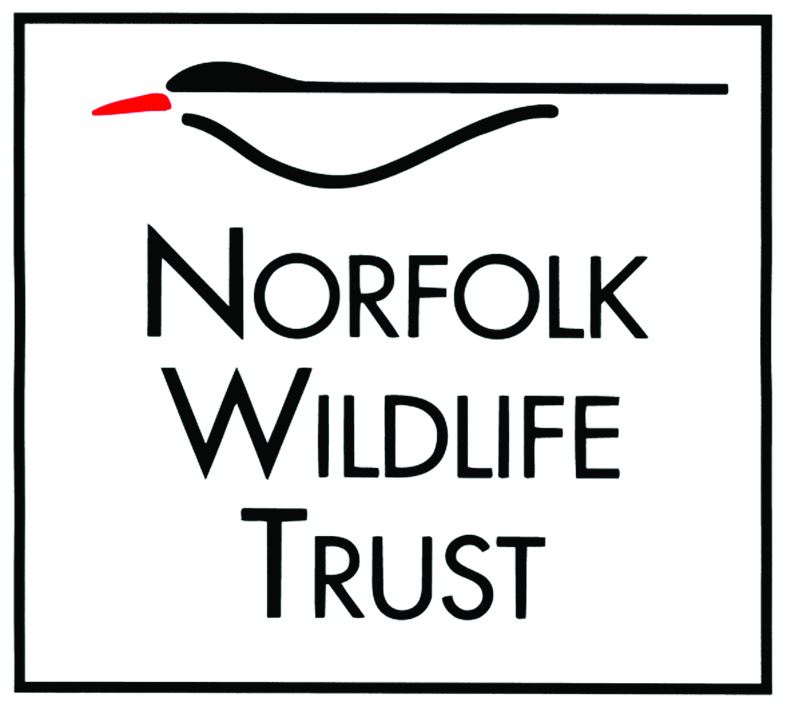Search
Search
Blog
Reed bunting
A streaky brown bird, the reed bunting can be found in wetlands, reedbeds and on farmland across the UK. Males sport black heads and a white 'moustache'.
Reed warbler
Listen out for the 'chattering' song of the reed warbler, while wandering the UK's lowland wetlands in summer. A small, brown bird, they are quite hard to see.
Common reed
The extensive, golden-brown reedbeds that are formed by stands of Common reed are a familiar sight in our wetlands. They provide an important home for many species, including the rare Bittern.
Reed sweet-grass
Reed sweet-grass is a towering grass with large, loose flower heads that can be found on marshy ground near rivers, streams and ponds. It can become invasive, but does shelter various aquatic…
Linnet
The linnet can be seen on farmland and heathland across the UK. But, like so many other farmland birds, linnets are declining rapidly, mainly due to agricultural intensification.
Hornet
The fearsome-looking hornet may not be a well-loved insect, but it is actually much less aggressive than the common wasp. It is also an important pollinator and a predator of species that feed on…
Northern gannet
Famed for its super-fast fishing dives into the sea, the northern gannet (or gannet) is a distinctive white bird with a yellow head and black wingtips. It nests in large, noisy, smelly colonies on…
Salad burnet
A low-growing herb of chalk and limestone grassland, Salad burnet lives up to its name - it is a popular addition to salads and smells of cucumber when crushed!
Great burnet
The egg-shaped, crimson flower heads of Great burnet give this plant the look of a lollipop! It can be found on floodplain meadows - a declining habitat which is under serious threat.
Hornet robberfly
With black-and-yellow markings, the Hornet robberfly looks like its namesake, but is harmless to us. This mimicry helps to protect it from predators while it perches in the open, waiting for its…
